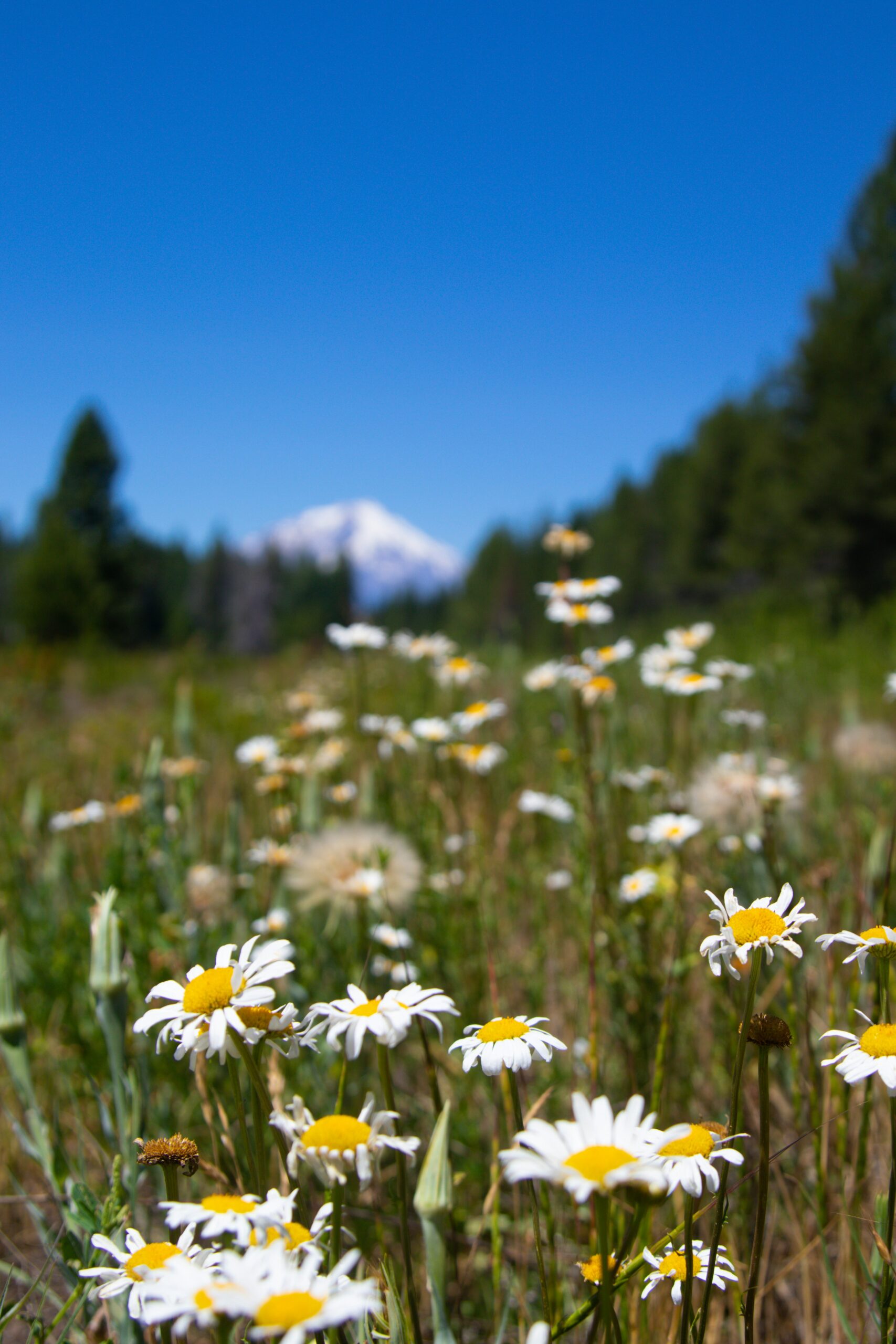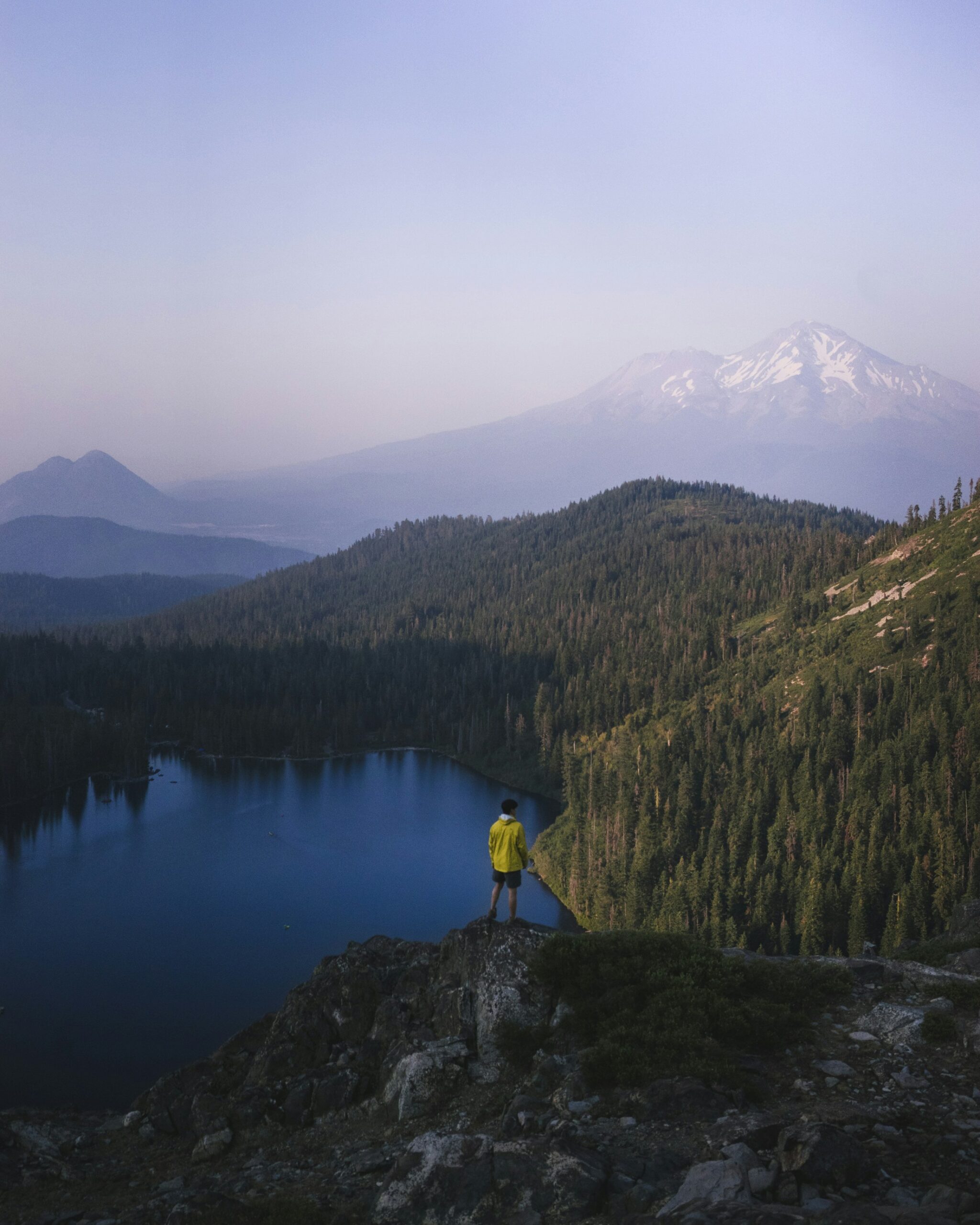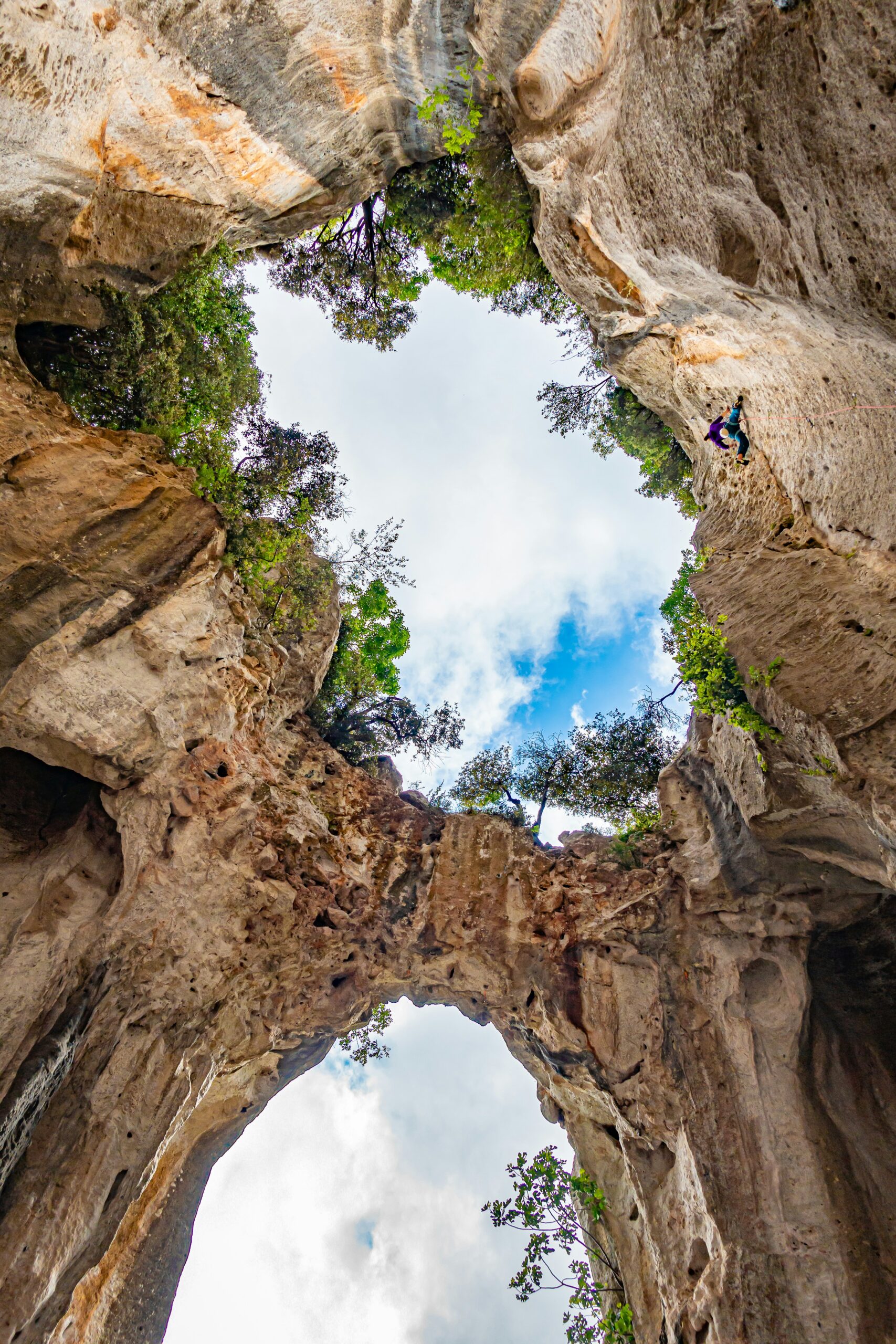Are you curious about the risks of climbing Mount Shasta, particularly related to inadequate acclimatization? This article will guide you through the details, the dangers, and the importance of proper acclimatization when attempting this iconic climb.

The Allure of Mount Shasta
Mount Shasta, a majestic peak located in Northern California, is a favorite destination for outdoor enthusiasts and mountaineers. At 14,179 feet, it's one of the tallest mountains in the Cascade Range and offers breathtaking views and a variety of climbing routes. But with its beauty and challenge comes the risk of altitude sickness and other dangers, especially if climbers don't take the time to acclimatize properly.
What Is Acclimatization?
Acclimatization is the process by which your body adjusts to lower levels of oxygen at higher altitudes. When you ascend too quickly, your body doesn't have enough time to adapt, leading to altitude sickness. Symptoms can range from mild (headaches, dizziness) to severe (pulmonary or cerebral edema).
Common Symptoms of Altitude Sickness
| Symptom | Mild | Severe |
|---|---|---|
| Headache | Common | Intense |
| Nausea and Vomiting | Possible | Common |
| Dizziness | Possible | Likely |
| Fatigue | Common | Extreme |
| Shortness of Breath | Likely | Severe, even at rest |
| Swelling (Edema) | Rare | Pulmonary/Cerebral |
It's essential to recognize these symptoms early and take appropriate action, which might include descending to a lower altitude.
The Dangers of Inadequate Acclimatization on Mount Shasta
Mount Shasta's elevation makes it a magnet for altitude sickness, especially for those who don't give their bodies time to adjust. Inadequate acclimatization can result in life-threatening conditions and potentially fatal consequences.
Documented Incidents
Over the years, there have been several incidents on Mount Shasta where inadequate acclimatization has played a role. While exact numbers can vary and may not always be fully reported, it's clear that the risks are real. Some climbers have succumbed to altitude sickness that led to severe complications or accidents, emphasizing the need for careful preparation and caution.
Importance of Awareness and Prevention
The key takeaway from these incidents is the importance of awareness and preventative measures. Climbers need to educate themselves on the symptoms of altitude sickness and the strategies for acclimatizing properly. This includes understanding how to pace your ascent, staying hydrated, and knowing when to turn back.
How to Acclimatize Properly on Mount Shasta
Preparation and knowledge are crucial when planning your climb. Here are some tips for proper acclimatization:
Gradual Ascent
The primary rule of acclimatization is a gradual ascent. Avoid rapid altitude gains, especially when climbing above 8,000 feet. Spend extra time at mid-altitudes (6,000-8,000 feet) to let your body adapt.
Hydration and Nutrition
Staying well-hydrated and maintaining proper nutrition can help your body cope with the reduced oxygen levels. Drink plenty of water and eat a balanced diet rich in carbohydrates.
Rest and Listen to Your Body
Taking rest days at various altitudes allows your body to adjust more effectively. Listening to your body is equally important—if you experience severe symptoms, don't hesitate to descend.
Use of Medications
Some climbers use medications like acetazolamide (Diamox) to help prevent altitude sickness. Consult with your healthcare provider before taking any medication, and remember that meds are not a substitute for proper acclimatization practices.

Training and Preparation
Preparation for a climb like Mount Shasta goes beyond acclimatization. Physical fitness, proper gear, and mental readiness are also crucial.
Physical Fitness
A strong cardiovascular and muscular foundation will make your climb easier and safer. Regular exercise, including hiking, running, and strength training, should be part of your preparation.
Proper Gear
Using the right equipment can make a significant difference in your overall experience. This includes clothing suitable for varying weather conditions, proper boots, and technical gear like crampons and ice axes.
Mental Readiness
Mental preparation is often overlooked but equally important. Understand the challenges you might face, and be mentally prepared to handle them. This includes the possibility of turning back if conditions become unsafe.
The Role of Guides and Groups
Climbing Mount Shasta with experienced guides or as part of a group can enhance safety and provide valuable support during the ascent. Many guiding companies offer acclimatization programs designed to help you adapt to the altitude gradually.
Benefits of Hiring a Guide
| Benefit | Explanation |
|---|---|
| Expertise in Acclimatization | Guides are trained to recognize and manage altitude sickness and ensure proper acclimatization. |
| Experience with the Terrain | Guides have an intimate knowledge of the routes, weather patterns, and potential hazards. |
| Emergency Support | In case of illness or injury, guides can provide immediate assistance and coordinate rescue efforts. |
| Increased Safety | They help ensure that all safety protocols are followed and provide guidance on proper equipment use. |

Success Stories
Many climbers have successfully summited Mount Shasta, sharing their experiences and the lessons they learned. These stories often highlight the importance of proper acclimatization and preparation.
Personal Accounts
-
Case Study 1: Sarah's Success Sarah, an avid hiker, successfully summited Mount Shasta with a small group. They spent additional days at higher camps to acclimatize properly, and Sarah credits this for her safe and enjoyable experience.
-
Case Study 2: John's Lesson John attempted to climb Mount Shasta but had to turn back due to severe altitude sickness. Despite his initial disappointment, descending allowed him to avoid more severe consequences. He later returned better prepared and successfully reached the summit.
In Summary
Mount Shasta is a stunning but challenging peak, drawing climbers from around the world. While the allure is undeniable, so are the risks associated with inadequate acclimatization. Recognizing the symptoms of altitude sickness, taking preventative measures, and preparing thoroughly can make the difference between a successful summit and a life-threatening situation.
Caution and Respect for the Mountain
Mountains command respect, and Mount Shasta is no exception. Approach your climb with caution, respect for the environment, and awareness of your limitations. Your safety should always be the top priority.
Final Tips
- Educate Yourself: Understand the risks and learn about acclimatization.
- Prepare Thoroughly: Train physically, gather the right gear, and mentally prepare for the challenge.
- Listen to Your Body: Don't ignore symptoms of altitude sickness. Descend if necessary.
- Seek Professional Help: Consider climbing with a guide or as part of a group for added safety.
By following these guidelines, you can embark on your adventure with confidence, prioritizing your health and safety at every step.
Are you ready to take on the challenge of Mount Shasta while ensuring your safety through proper acclimatization? Your well-prepared and cautious approach will make your journey both rewarding and unforgettable.
